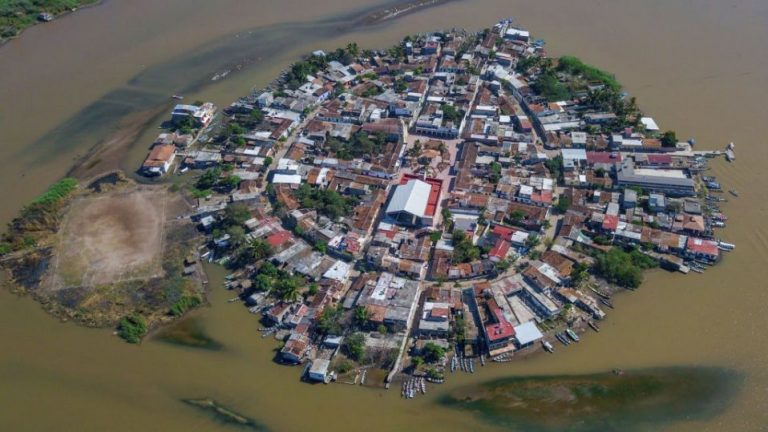With a population of only 800 people, the birds around and above the miniature island of Mexcaltitán may be the majority party.
Man o’ wars, a dark seabird with a long, forked tail, line up along cables strung between pastel-painted buildings. On a strip of land just asea of the village’s main wharf, pelicans assemble. And herons, with their curving necks and stick-thin legs, perch atop wooden fences between the mangroves that surround the island, keeping guard.
Some 1,000 years ago, it was a heron that, according to legend, first drew ancestral Mexicans to this spot of land in a lake by the country’s Pacific coast. Migrating Nahuas, an indigenous people, chose to settle there after seeing the bird in the center of the island with a snake clutched in its beak — a vision they interpreted as a sign from their patron god, Huitzilopochtli.
Study finds our Galaxy may be full of dead Alien Civilizations
Today, believers of that story have another name for the island: Aztlán, the mythical homeland of the Aztec people, and from where they departed before founding a second capital in a lake, this one in the center of the country and now known as Mexico City.
While there is no archaeological certainty around the island’s claim to lore — and the land has never been formally excavated — it’s an undisputed point of pride for Mexcaltitán’s inhabitants, who still live by some pre-Hispanic customs. It’s also now at the center of an economic development project that’s fueling a transformation in the town aimed at a more modern set of wayfarer.
Read more: yahoo
Ask me anything
Explore related questions





